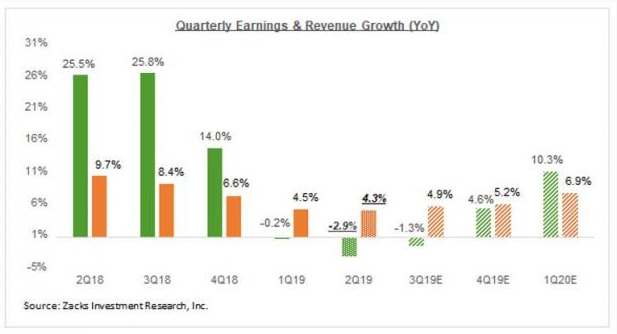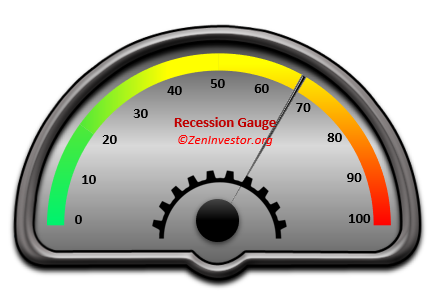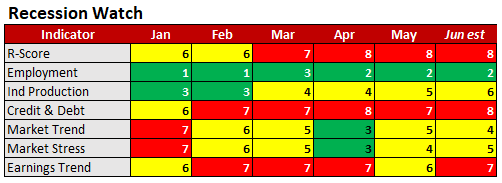At some point this bull market will peak, roll over, and enter a bear market phase. If you disagree with this assertion, I invite you to present your counter-argument in the comment section below.
There are few ironclad principles in the realm of stock market investing. These are principles you can hang your hat on because they are durable to the point of being irrefutable. One such principle is Mean Reversion, and this is what I will focus on today.
Mean Reversion can be observed in many realms of life, including nature, gambling, sports, and the stock market. Mean reversion is based on the cyclical nature of life. Spring leads to summer, then autumn, and winter. An investor who believes that this bull market, or any bull market, can continue indefinitely because the Fed won't allow it to stop moving higher is fooling himself.
Chart 1. The market from 1871 to present
The chart below is from our friends Jill Mislinski and Doug Short at AdvisorPerspectives. It shows the cyclical nature of the stock market going all the way back to 1871. You can see that the market overshoots and undershoots its long-term trend, because it's a cyclical mechanism.
Note that the most overvalued point in history came in 2000, when investors wrongly believed that the internet would usher in a new era of unlimited prosperity and it was reasonable to pay $100 per share for a tech startup with no earnings. It was a crazy time in the market, and it resulted in 131% price premium above the long-term trend.
Today we see a market that is trading at a 112% premium over trend. Bulls will argue that there's plenty of room before we get to 131% like we saw in 2000. In my view that's delusional thinking.
Here's my question for those of you who are still in the bullish camp: Does it make sense to remain fully invested in the market, and continue to buy more on the dips, when the market is 112% above trend? I can't see the logic in it, but I once again encourage you to make your bullish argument in the comments below.
Chart 2. Earnings
This chart from Zacks shows the trend in earnings and revenue growth from 2018 to 2020 (analyst estimates). One of the driving forces for the market has been 25% year-over-year earnings gains. But look at what Wall Street analysts are expecting now. Can the bull market be sustained with punk earnings?
Chart 3. Recession Warning
The chart below is from my own econometric recession forecast model, which has an 87% accuracy score since 1958. Today there is a 68% chance that a new recession will begin 6 months from now. How close to the next recession are you willing to go with your fully invested position?
Chart 4. The supporting data
The table below shows the indicators that feed into the recession gauge above.
Final thoughts
The market is on a roll. New highs every week. Bullish sentiment on the rise. Trump and Kudlow taking victory laps. Talk of a market melt-up is spreading in the financial media.
What are you going to do? If you're a fully invested bull you will probably stay fully invested and continue to buy the dips. If you're an under-invested bull, as I am, you will probably look for opportunities to reduce equity exposure even more.
And if you're an outright bear, fear not. Your day is coming, thanks to our old friend Mean Reversion.





The market rises and falls because of the way our economic system works. It has nothing to do with mean reversion. Our economic system goes through periods of profit increases and profit decreases. The market rises and falls during the profit increases and falls during the profit decreases.
Once you understand why profits rise and fall in our economic system you will know when the market will rise and when it will fall.
Spend time learning our our economic system works, and you will make a lot of money in the stock market.
Nothing else can predict the rise and fall of the stock market. It is that simple